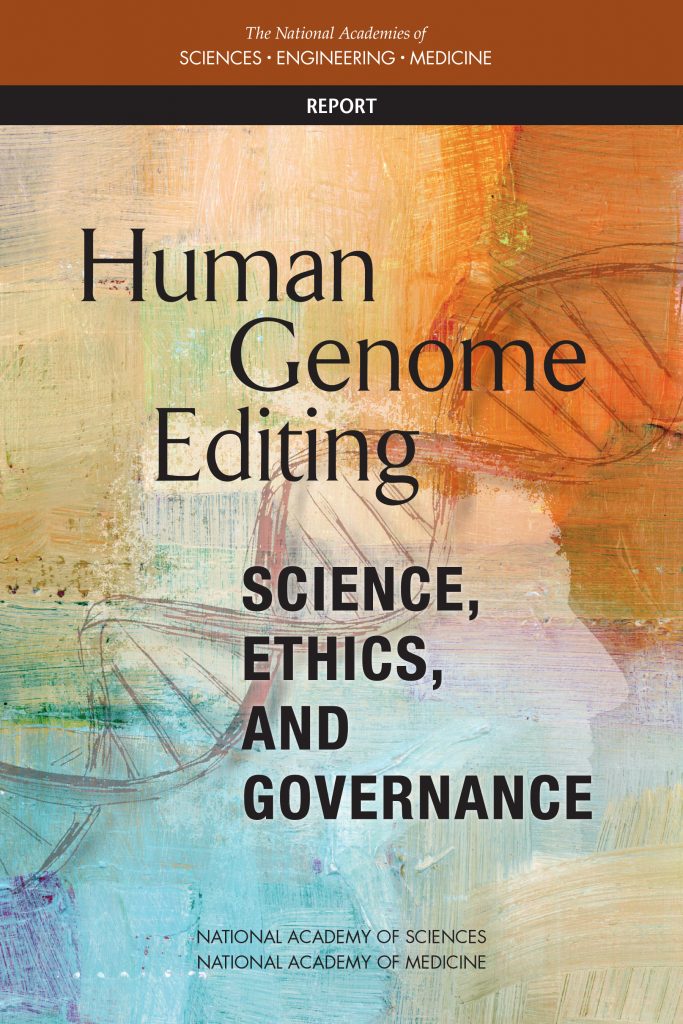On Rumors: How Falsehoods Spread, Why We Believe Them, and What Can Be Done
Today I would like to suggest you to read
Barack Obama in his farewell speech. It's an inspiring piece to understand US and democracies in general. Inequality, racism and polarization are the three key isues to tackle.
He said:
For too many of us, it’s become safer to retreat into our own bubbles, whether in our neighborhoods or college campuses or places of worship or our social media feeds, surrounded by people who look like us and share the same political outlook and never challenge our assumptions. The rise of naked partisanship, increasing economic and regional stratification, the splintering of our media into a channel for every taste – all this makes this great sorting seem natural, even inevitable. And increasingly, we become so secure in our bubbles that we accept only information, whether true or not, that fits our opinions, instead of basing our opinions on the evidence that’s out there.
This trend represents a third threat to our democracy. Politics is a battle of ideas; in the course of a healthy debate, we’ll prioritize different goals, and the different means of reaching them. But without some common baseline of facts; without a willingness to admit new information, and concede that your opponent is making a fair point, and that science and reason matter, we’ll keep talking past each other, making common ground and compromise impossible.
Without a common baseline of facts there is no possibility to talk to your political opponent. Nowadays, fake news like
health privatization are continuously spreading without any foundation. Our health minister speaks incredibly about that in our Parliament. Such obsession has driven to submit a new unnecessary law on health contracting.We are now in an
obsession focused policy era.
To understand this phenomena,
Sunstein wrote a book in 2008, before thee term post-truth era, that explains the basics and what to do.
Cass Sunstein says in the
book:
Rumors are nearly as old as human history, but with the rise of the Internet, they have become ubiquitous. In fact we are now awash in them. False rumors are especially troublesome; they impose real damage on individuals and institutions, and they often resist correction. They can threaten careers, relationships, policies, public officials, democracy, and sometimes even peace itself. Many of the most pervasive rumors involve governments—what officials are planning and why.
This small book has two goals. The first is to answer these questions: Why do ordinary human beings accept rumors, even false, destructive, and bizarre ones? Why do some groups, and even nations, accept rumors that other groups and nations deem preposterous? The second is to answer this question: What can we do to protect ourselves against the harmful effects of false rumors? As we shall see, part of the answer lies in recognizing that a “chilling effect” on those who would spread destructive falsehoods can be a truly excellent idea, especially if those falsehoods amount to libel.
Sensible people believe rumors, whether or not they are true. On the Internet, self-interested, malicious, and altruistic propagators find it increasingly easy to spread rumors about prominent people and institutions. Such rumors cast doubt on their target’s honesty, decency, fairness, patriotism, and sometimes even sanity; often they portray public figures as fundamentally confused or corrupt. Those who are not in the public sphere are similarly vulnerable.
Rumor transmission frequently occurs as a result of cascade effects and group polarization. Indeed, rumors spread as a textbook example of an informational cascade: imperfectly or entirely uninformed people accept a rumor that they hear from others, and as more and more people accept that rumor, the informational signal becomes very strong, and it is hard for the rest of us to resist it, even if it is false.
Group polarization also plays a large role, as people strengthen their commitment to a rumor simply because of discussions with like-minded others.
If you want people to move away from their prior convictions, and to correct a false rumor, it is best to present them not with the opinions of their usual adversaries, whom they can dismiss, but instead with the views of people with whom they closely identify
The signal of the rumor may be so strong that though reality is absolutely different, and everybody is finally conceding it the value of truth. This is sadly what has happened to health privatization debate.



